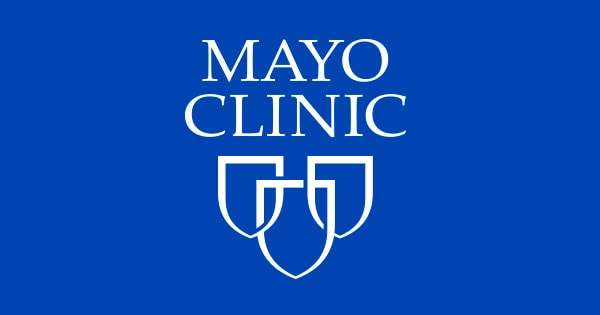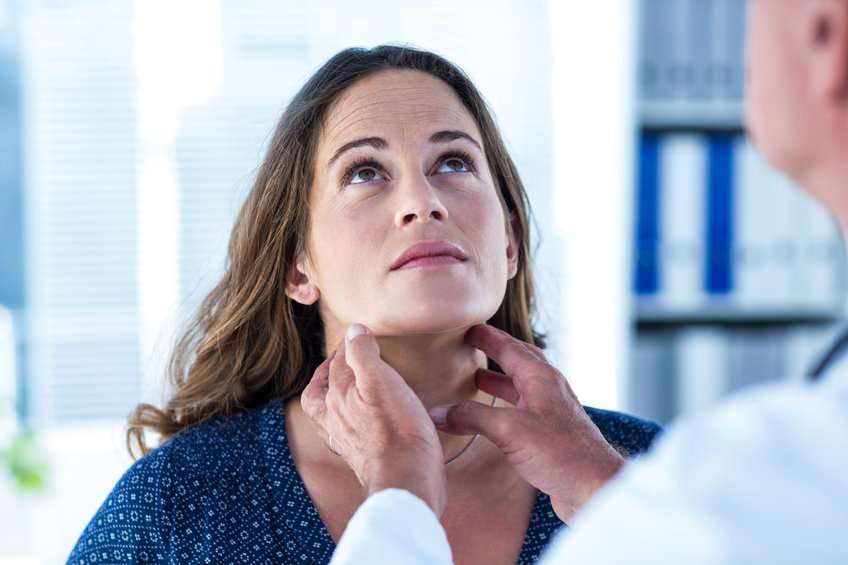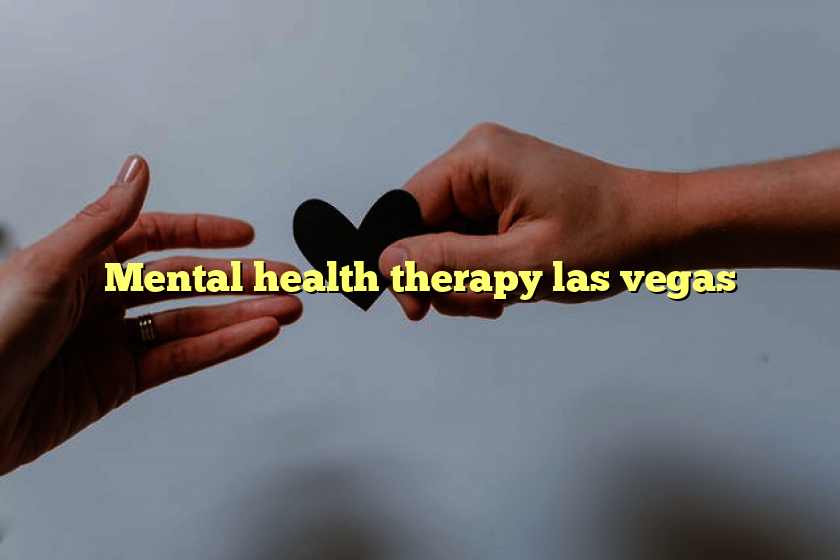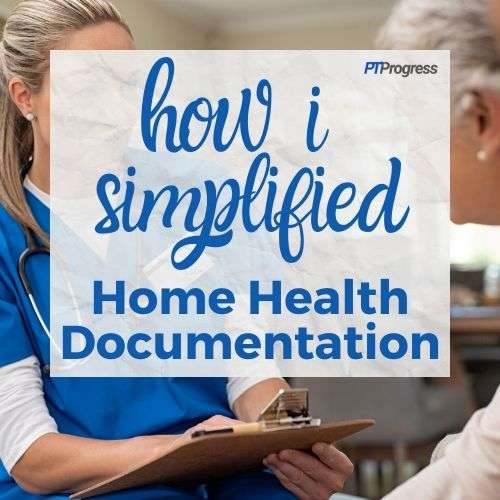Massage: Get in touch with its many benefits
Massage can be a powerful tool to help you take charge of your health and well-being. See if it’s right for you.
By Mayo Clinic Staff
Massage used to be available only through luxury spas and upscale health clubs. Today, massage therapy is offered in businesses, clinics, hospitals and even airports. If you’ve never tried massage, learn about its possible health benefits and what to expect during a massage therapy session.
What is massage?
Massage is a general term for pressing, rubbing and manipulating your skin, muscles, tendons and ligaments. Massage may range from light stroking to deep pressure. There are many different types of massage, including these common types:
- Swedish massage. This is a gentle form of massage that uses long strokes, kneading, deep circular movements, vibration and tapping. It helps you feel relaxed and energized.
- Deep massage. This massage technique uses slower, more-forceful strokes to target the deeper layers of muscle and connective tissue. It’s commonly used to help with muscle damage from injuries.
- Sports massage. This is similar to Swedish massage, but it’s geared toward people involved in sport activities to help prevent or treat injuries.
- Trigger point massage. This massage focuses on areas of tight muscle fibers that can form in your muscles after injuries or overuse.
Benefits of massage
Massage is generally considered part of integrative medicine. It’s increasingly being offered along with standard treatment for a wide range of medical conditions and situations.
Massage benefits can include:
- Reducing stress and increasing relaxation
- Reducing pain and muscle soreness and tension
- Improving circulation, energy and alertness
- Lowering heart rate and blood pressure
- Improving immune function
While more research is needed to confirm the benefits of massage, some studies have found massage may also be helpful for:
- Anxiety
- Digestive disorders
- Fibromyalgia
- Headaches
- Insomnia related to stress
- Low back pain
- Myofascial pain syndrome
- Nerve pain
- Soft tissue strains or injuries
- Sports injuries
- Temporomandibular joint pain
- Upper back and neck pain
Beyond the benefits for specific conditions or diseases, some people enjoy massage because it often produces feelings of caring, comfort and connection.
Despite its benefits, massage isn’t meant as a replacement for regular medical care. Let your doctor know you’re trying massage and be sure to follow any standard treatment plans you have.
Risks of massage
Most people can benefit from massage. However, massage may not be appropriate if you have:
- Bleeding disorders or take blood-thinning medication
- Burns or healing wounds
- Deep vein thrombosis
- Infections
- Broken bones (fractures)
- Severe osteoporosis
- A very low platelet count (severe thrombocytopenia)
Discuss the pros and cons of massage with your doctor, especially if you are pregnant or if you have cancer or unexplained pain.
Some forms of massage can leave you feeling a bit sore the next day. But massage shouldn’t ordinarily be painful or uncomfortable. If any part of your massage doesn’t feel right or is painful, speak up right away. Most serious problems come from too much pressure during massage.
What you can expect during a massage
You don’t need any special preparation for massage. Before a massage therapy session starts, your massage therapist should ask you about any symptoms, your medical history and what you’re hoping to get out of massage. Your massage therapist should explain the kind of massage and techniques he or she will use.
In a typical massage therapy session, you undress or wear loose-fitting clothing. Undress only to the point that you’re comfortable. You generally lie on a table and cover yourself with a sheet. Your massage therapist will leave the room when you undress before the massage and when you dress after it. You can also have a massage while sitting in a chair, fully clothed. Your massage therapist should perform an evaluation through touch to locate painful or tense areas and to determine how much pressure to apply.
Depending on preference, your massage therapist may use oil or lotion to reduce friction on your skin. Tell your massage therapist if you might be allergic to any ingredients.
A massage session may last from 10 to 90 minutes, depending on the type of massage and how much time you have. No matter what kind of massage you choose, you should feel calm and relaxed during and after your massage. Breathe normally throughout your massage.
Your massage therapist may play music during your massage or talk to you, but you can tell him or her if you prefer quiet.
If a massage therapist is pushing too hard, ask for lighter pressure. Occasionally you may have a sensitive spot in a muscle that feels like a knot. It’s likely to be uncomfortable while your massage therapist works it out. But if it becomes painful, speak up.
Finding a massage therapist
Ask your doctor or someone else you trust for a recommendation. Most states regulate massage therapists through licensing, registration or certification requirements.
Don’t be afraid to ask a potential massage therapist such questions as:
- Are you licensed, certified or registered?
- What is your training and experience?
- How many massage therapy sessions do you think I’ll need?
- What’s the cost, and is it covered by health insurance?
The take-home message about massage
Brush aside any thoughts that massage is only a feel-good way to indulge or pamper yourself. To the contrary, massage can be a powerful tool to help you take charge of your health and well-being, whether you have a specific health condition or are just looking for another stress reliever. You can even learn how to do self-massage or how to engage in massage with a partner at home.
There is a problem with information submitted for this request. Review/update the information highlighted below and resubmit the form.
From Mayo Clinic to your inbox
Sign up for free, and stay up to date on research advancements, health tips and current health topics, like COVID-19, plus expertise on managing health.
ErrorEmail field is required
ErrorInclude a valid email address
To provide you with the most relevant and helpful information, and understand which information is beneficial, we may combine your email and website usage information with other information we have about you. If you are a Mayo Clinic patient, this could include protected health information. If we combine this information with your protected health information, we will treat all of that information as protected health information and will only use or disclose that information as set forth in our notice of privacy practices. You may opt-out of email communications at any time by clicking on the unsubscribe link in the e-mail.
Thank you for subscribing!
You’ll soon start receiving the latest Mayo Clinic health information you requested in your inbox.
Sorry something went wrong with your subscription
Please, try again in a couple of minutes
- Massage therapy: What you need to know. National Center for Complementary and Integrative Health. https://www.nccih.nih.gov/health/massage-therapy-what-you-need-to-know. Accessed Dec. 18, 2020.
- AskMayoExpert. Massage therapy. Mayo Clinic; 2019.
- What to expect at your massage session. American Massage Therapy Association. https://www.amtamassage.org/find-massage-therapist/what-to-expect-at-massage-session/. Accessed Dec. 18, 2020.
- 6 things to know when selecting a complementary health practitioner. National Center for Complementary and Integrative Health. https://www.nccih.nih.gov/health/tips/things-to-know-when-selecting-a-complementary-health-practitioner. Accessed Dec. 18, 2020.
- Goldman L, et al., eds. Complementary, alternative, and integrative medicine. In: Goldman-Cecil Medicine. 26th ed. Elsevier; 2020. https://www.clinicalkey.com. Accessed Dec. 18, 2020.
- Benzon HT, et al, eds. Physical medicine techniques in pain management. In: Practical Management of Pain. 5th ed. Mosby Elsevier; 2014. https://www.clinicalkey.com. Accessed Dec. 18, 2020.
See more In-depth
Position Statement
It is the position of the American Massage Therapy Association (AMTA) that massage therapy can be effective for stress relief.
Background Information
Stress is a prevalent component in today’s fast-paced world which can negatively impact on an individual’s health and well-being. Massage therapy has been shown to be a means by which stress can be reduced significantly on physical and psychological levels. While massage therapists know from experience that massage reduces stress, there is considerable research that validates our experience.
In a study on the effect of trigger point therapy1, there was a significant decrease in heart rate, systolic blood pressure8, and diastolic blood pressure8. Measures of oxygen consumption, blood pressure, and salivary cortisol levels were all lower after a 10 to 15 minute chair massage in controlled studies2, 3, 4. Changes in psychological states have been measured by physiological responses1, 3, the Perceived Stress Scale5, the POMS Depression Scale4,6, and the Anxiety State Scale4.
In the attached studies, all subjects in the massage group showed significant changes in emotional states and stress levels.
References
Disclaimer: Position statements of the American Massage Therapy Association (AMTA) are approved by the AMTA House of Delegates and reflect the views and opinions of the association, based on current research. These statements are not expressions of legal opinion relative to scope of practice, medical diagnosis or medical advice, nor do they represent an endorsement of any product, company or specific massage therapy technique, modality or approach.
Originally proposed by Retta Flagg & M.K. Brennan
Approved October 2017
Few sensual experiences rival a full-body massage for pleasure and stress relief — at least among those things you can talk about in front of the children at the dinner table. Word on the health benefits of massage therapy for stress relief has spread. In 2006, 39 million Americans — one in six adults — had at least one massage, according to a nationwide survey by the American Massage Therapy Association (AMTA).
“Americans are looking to massage for much more than just relaxation,” says Mary Beth Braun, President of the AMTA. “Massage therapy can be effective for a variety of conditions, including arthritis, lower back pain, insomnia, headaches, anxiety, circulatory problems, and recovery from a sports injury.”
When you can’t get to a massage therapist, you can still reap many of the benefits of this age-old healing practice — with your own hands. WebMD consulted several massage experts to find these simple, self-massage techniques that incorporate the best soothing rubs and pressure-point applications that massage has to offer.
Try them on yourself — or someone you love — throughout the day to boost your energy and increase concentration. You can also use them at night to relax and get a good night’s sleep. You’ll find the benefits of massage therapy for stress relief are only the beginning.



